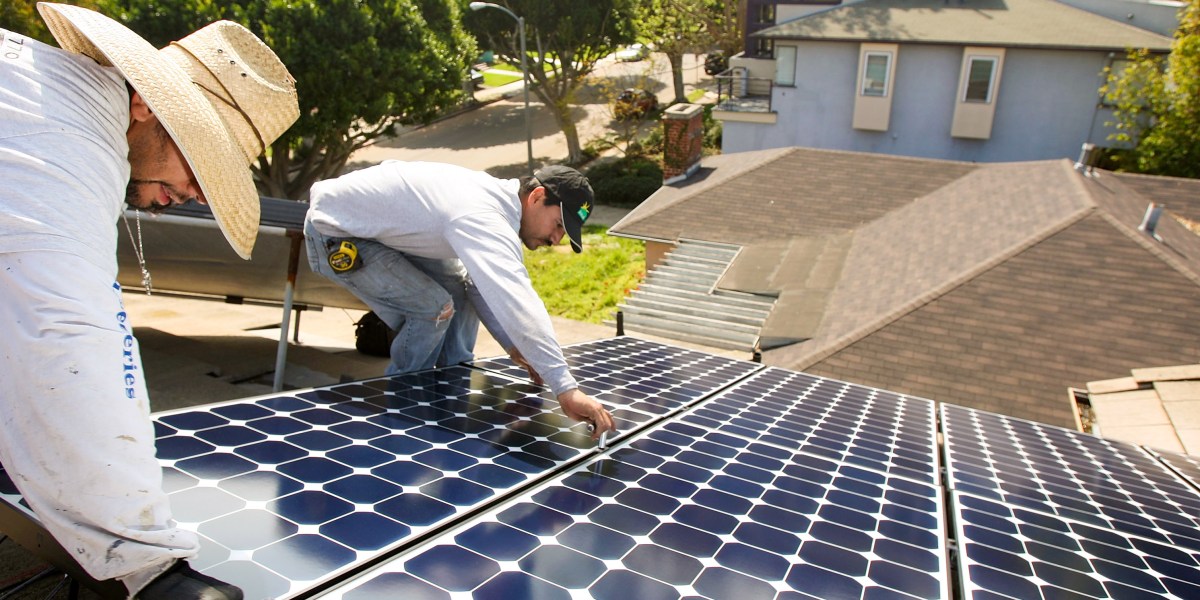Human decision-making can also cause models and reality to misalign. “People don’t necessarily always do what is, on paper, the most economic,” says Robbie Orvis, who leads the energy policy solutions program at Energy Innovation.
This is a common issue for consumer tax credits, like those for electric vehicles or home energy efficiency upgrades. Often people don’t have the information or funds needed to take advantage of tax credits.
Likewise, there are no assurances that credits in the power sectors will have the impact that modelers expect. Finding sites for new power projects and getting permits for them can be challenging, potentially derailing progress. Some of this friction is factored into the models, Orvis says. But there’s still potential for more challenges than modelers expect.
Not enough
Putting too much stock in results from models can be problematic, says James Bushnell, an economist at the University of California, Davis. For one thing, models could overestimate how much behavior change is because of tax credits. Some of the projects that are claiming tax credits would probably have been built anyway, Bushnell says, especially solar and wind installations, which are already becoming more widespread and cheaper to build.
Still, whether or not the bill meets the expectations of the modelers, it’s a step forward in providing climate-friendly incentives, since it replaces solar- and wind-specific credits with broader clean-energy credits that will be more flexible for developers in choosing which technologies to deploy.
Another positive of the legislation is all its long-term investments, whose potential impacts aren’t fully captured in the economic models. The bill includes money for research and development of new technologies like direct air capture and clean hydrogen, which are still unproven but could have major impacts on emissions in the coming decades if they prove to be efficient and practical.
Whatever the effectiveness of the Inflation Reduction Act, however, it’s clear that more climate action is still needed to meet emissions goals in 2030 and beyond. Indeed, even if the predictions of the modelers are correct, the bill is still not sufficient for the US to meet its stated goals under the Paris agreement of cutting emissions to half of 2005 levels by 2030.
The path ahead for US climate action isn’t as certain as some might wish it were. But with the Inflation Reduction Act, the country has taken a big step. Exactly how big is still an open question.




















Discussion about this post